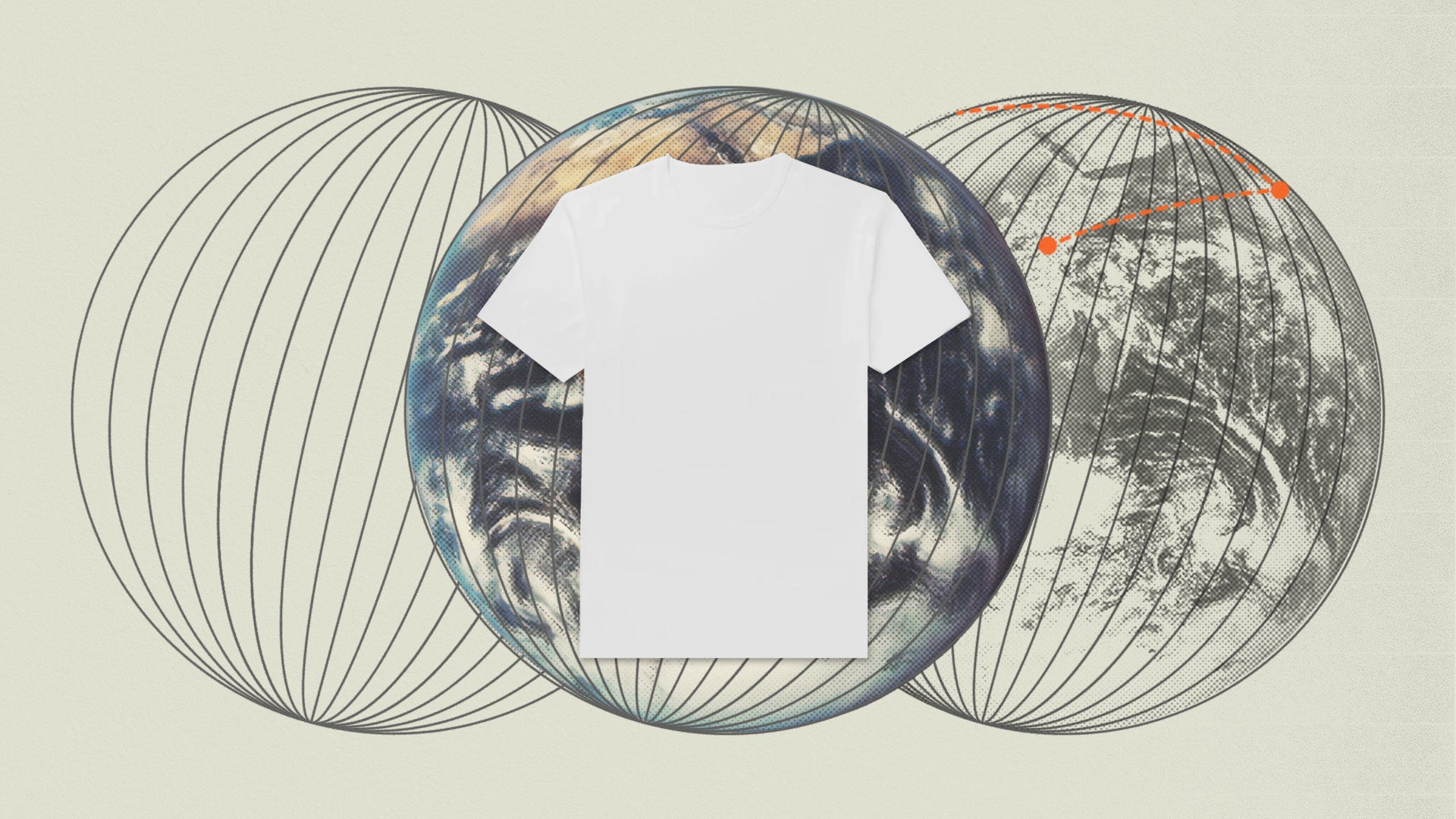clothing sales doubled from 2000 to 2015, while clothing utilization has declined by almost 40%
This phenomenon has led to a profitable and global used clothing market.
Imagine your favorite basic white t-shirt. This shirt is composed of 60% polyester and 40% cotton. You’ve had the shirt for a year now and after many washes, it just doesn’t fit right anymore. Instead of throwing the shirt away, you give it a second chance by donating it to your local thrift store. According to Greenpeace, 70-90% of garments donated to charity shops and thrift stores are never re-purchased at storefronts. The non-purchased garments are first consolidated and sorted. After sorting, there are three possible paths the non-purchased garments can follow (source).
- 5-10% are landfilled or incinerated
- 25-50% are downcycled
- 45-60% are exported
This specific shirt is not landfilled or incinerated because it is still in a wearable condition. Downcycling favors textiles made of only one material, but this shirt is composed of polyester and cotton. Therefore, the shirt begins its international journey.
For this particular storyline, the shirt gets exported to Panipat, India, a popular location to consolidate used clothing (BBC). Here, the clothing gets sorted by textile graders. The item will be downcycled, sent to a landfill, or incinerated if it is unwearable. India has strict laws that regulate the used clothing market to protect the domestic textile industry. Any garment considered wearable is exported and continues its journey along the used clothing supply chain.
A recycling economy is a way to give items a longer life span, but eventually, the item will end up landfilled, incinerated, or polluted into natural resources.
At Ambercycle, we are building a circular economy where end-of-life textiles are diverted away from landfills and back into the Ambercycle ecosystem. These end-of-life textiles are consolidated from various global locations, regenerated into cycora® yarns that possess the same quality as virgin material, and reintegrated into the textile industry. This process can be repeated without a loss of quality, allowing textiles to have a storied past without an end-of-life destination in landfills or incineration facilities. This process connects the past, present and future, creating a closed loop of textiles.






